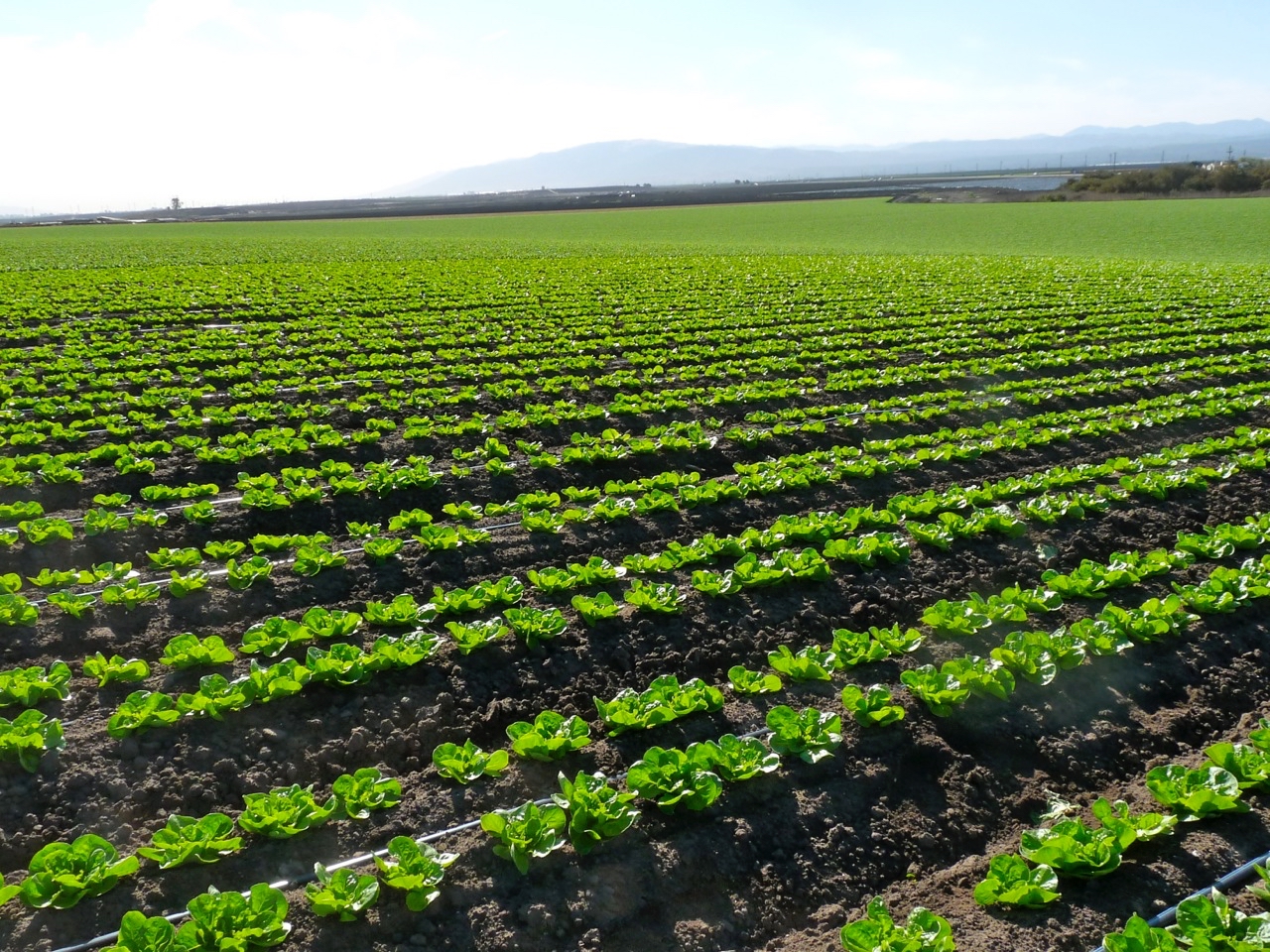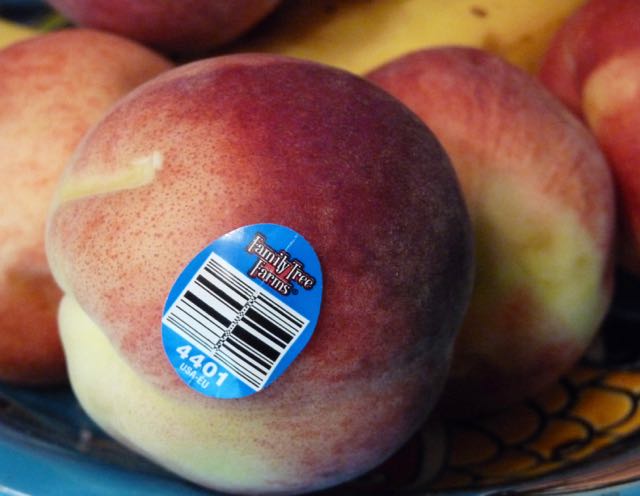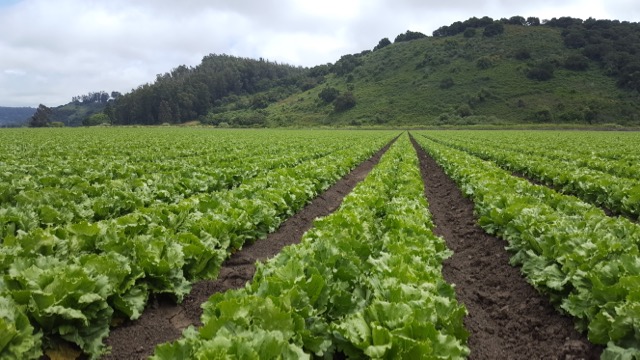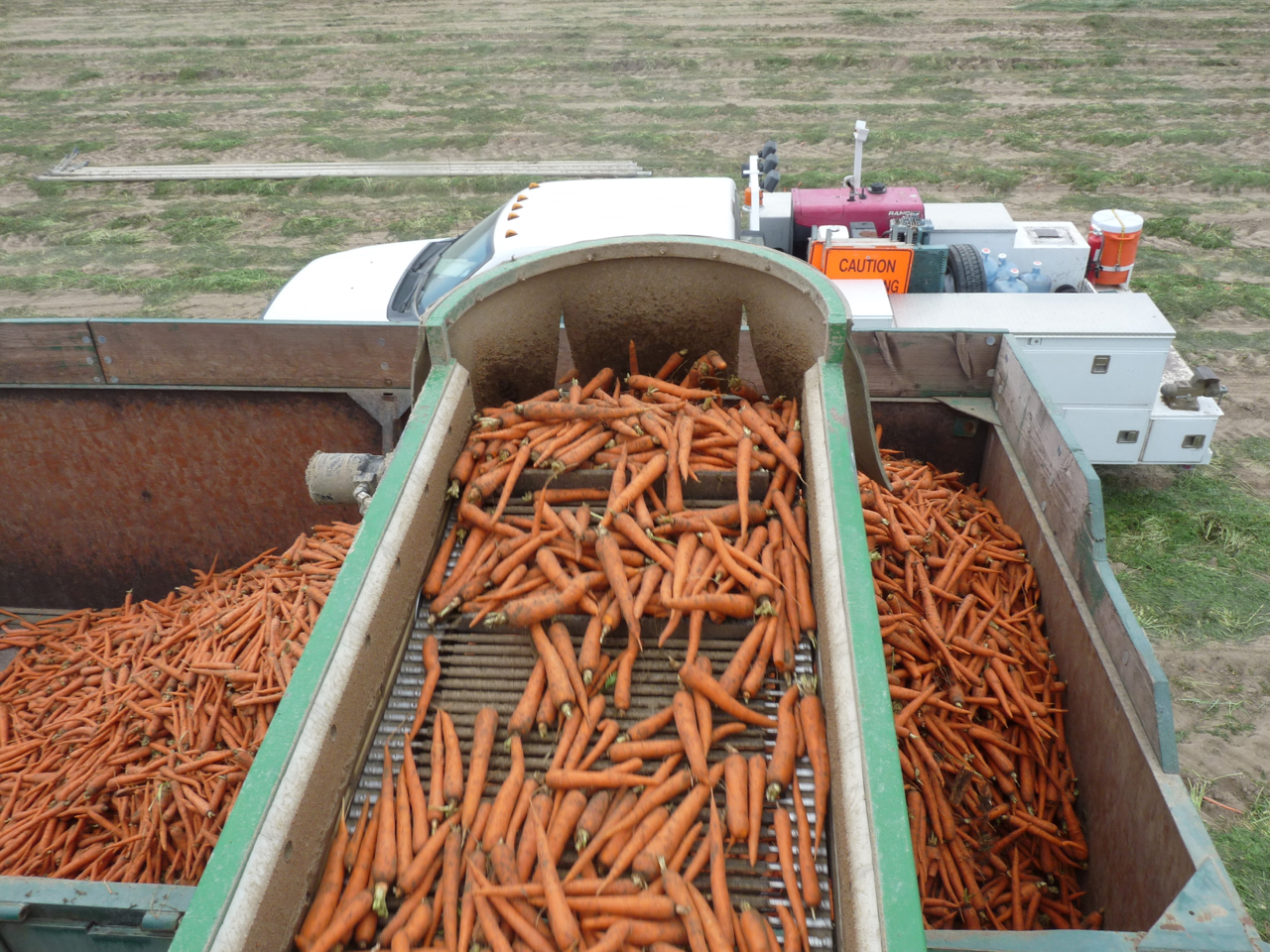Field Crops
BioConsortia To Bring New Tools to Ag
BioConsortia Continues Growth and Success, Securing $10 million in Series D Funding
By Patrick Cavanaugh, Editor
Getting even closer to helping California agriculture, BioConsortia, Inc., an innovator of microbial solutions for natural plant trait enhancement and yield improvement, has closed a further round of equity financing to support its continued growth, research achievements, and development of superior products.

Three new PhD scientists working on plants in lab: (from left) Jorge Santiago, Jenna Lang and Steve Wu
The $10 million round was led by Otter Capital and contributed to by Khosla Ventures, both of which are long-term backers of the biotechnology company and experienced ag tech investors.
The completion of Series D will further support the increased momentum BioConsortia saw in 2017, with three strategic new hires, the addition of a sixth U.S. patent, and the planting of fall and winter field trials. Funds raised will be used for the commercial development of a number of novel microbial consortia products — focused toward corn, wheat, soy, tomatoes, and leafy vegetables.
BioConsortia will also continue to build upon its proprietary discovery process Advanced Microbial Selection (AMS) including supporting the expansion of the AMS platform itself, incorporating deeper and more specialized analytics. Collectively, these steps will drive the company towards the establishment of an original and proven platform for the development of more efficacious and consistent microbial products for a wide range of agricultural crops.
“We are excited by the progress that we have made in product development, for both biostimulants and biopesticides, and the recognition from our investors.” says Marcus Meadows-Smith, CEO. “This new funding allows us to increase our annual spend on R&D, adding more tools from genomics, microbiome and machine learning to our already powerful discovery platform.”
A portion of BioConsortia’s planned development has been and, will continue to be, driven by the key hires made last year: Drs. Jenna Lang and Steven Wu providing scientific leadership in Microbiome Ecology and Computational Biology, respectively. Microbiome analysis and computational modeling underpin BioConsortia’s AMS process. When combined with the extensive physiological data collected throughout the discovery program, microbiome insights enable identification of the functional microbes benefiting high-performing plants, either as individuals or as consortia.
“Collectively, Jenna and Steven have a tremendous wealth of experience and expertise,” says Dr. Sue Turner, Sr. VP of Research. “Throughout the AMS process, we are capturing huge amounts of data; knowing how best to efficiently manipulate and analyze it is crucial for advancing leads and finding new, superior microbial solutions.”
In addition to adding big-data expertise to its research group, BioConsortia has been developing a strong fermentation team as it reaches the final steps in developing leads for commercial launch. Dr. Jorge Santiago-Ortiz joined the company as lead Fermentation Scientist early last year and has worked closely with Dr. Hong Zhu, Sr. VP Lead Development and Manufacturing, to lead scale-up and formulation experimentation in the newly built formulation facilities at the company’s Davis headquarters.
The drive to commercialization is now under way as several microbial treatments transitioned from second and third year field trials across a range of crops and geographies last year. A select number were entered into repeat field trials by major industry players, and these are moving forward to further testing and development. The early-stage biopesticide program also saw many remarkable successes in greenhouse and field trials, and so will be expanded onto many more crops in 2018.
“The expertise that we have added really reflects the comprehensive nature of our discovery and development platform,” Zhu said. “It has set us up for success as we ramp up our 2018 R&D program and move ever closer to product launch.”















